This article about great family camping destinations was first pulished in the Spring 2014 issue of Canoeroots and Family Camping magazine.
Budget
Claim Your Own Island
Saranac Lake, New York
Be like Gilligan—get away from it all by claiming an island paradise of your own, at least for a little while. The Saranac Lakes region in the Adirondacks is home to hundreds of islands. There are 87 campsites scattered throughout to choose from and each sports a picnic table, pit privy and fire ring. Your family’s only company will be the towering balsam and fir trees lining the shore. As you paddle a canoe or kayak to your retreat, keep an eye out for bald eagles, deer, herons, mink, otter and moose. www.adirondacklakes.com.
Curl Up In A Cave
Blue River, Wisconsin
Forget big skies and star gazing, get deep and dark in America’s only cave that offers camping. Eagle Cave is Wisconsin’s largest onyx cave, boasting more than 3,000 feet of passages. The underground oasis is cool in the summer months and (comparatively) warm through the winter. It’s a popular destination for youth groups who overnight underground as part of Eagle Cave’s exploratory program. Does cave camping make you claustrophobic? There’s also cabins and tent camping—sur la terre—for those who prefer not to spend the night subterranean. In-cave camping is available from September to May only. www.eaglecave.net.
Touch The Stars
Cherry Springs State Park, Pennsylvania
Truly dark skies are hard to come by, especially in the eastern United States. To light up the night sky go to Cherry Spring State Park in Pennsylvania. Located at the top of a 2,300-foot high mountain, it’s one of only four recognized dark sky preserves in the U. S. The park offers an excellent 360-degree view of the night sky and one of the best views of the Milky Way anywhere—under optimal conditions, the sky is so dark that the Milky Way casts a shadow and 10,000 stars can be seen with the naked eye. Check the website to register for interpretive programs and star parties. During the day, ride the 15-mile, single-track mountain bike trail that leaves from the campground, or hike in the surrounding Susquehannock State Forest, the largest in the state. www.dcnr.state.pa.us.
Paddle To A Treehouse
St. George, South Carolina
Halfway through your 23-mile paddle along the winding Edisto River, spend the night in a treehouse cabin perched 14 feet above the sandy river’s shore. Located on a 150-acre wilderness reserve, these rustic treehouses are offered by Carolina Heritage Outfitters and sleep from two to eight campers. Each is nestled in the woods with a view of the river’s edge but not of the other treehouses. Torches and candles are the only light source, just like when you were a kid. The Edisto is the longest free-flowing blackwater river in the southern U.S., and live oaks covered with Spanish moss hang over its banks, rich with birdlife. The package includes canoes, shuttles, fuel and assistance with logistics. www.canoesc.com.
Rest Easy in a Yurt
Tobermory, Ontario
Get outdoors without roughing it—yurts are solid yet portable, family-sized, tent-like structures. The 10 located at Bruce Peninsula National Park each offer a woodstove, beds and a table and chairs made from recycled materials. A wagon will transport your gear from your car to your new home. At $120 a night it’s the same price as a hotel room, but far more memorable. Thanks to the limestone-rich shore of Georgian Bay, swimmers will be treated to Caribbean-blue water. Glass-bottom shipwreck tours are a popular nearby activity. As the terminus of the 750-kilometer long Bruce Trail, there’s no shortage…
 Continue reading this article in the digital edition of Canoeroots and Family Camping, Spring 2014, on our free iPad/iPhone/iPod Touch App or Android App or read it on your desktop here.
Continue reading this article in the digital edition of Canoeroots and Family Camping, Spring 2014, on our free iPad/iPhone/iPod Touch App or Android App or read it on your desktop here.
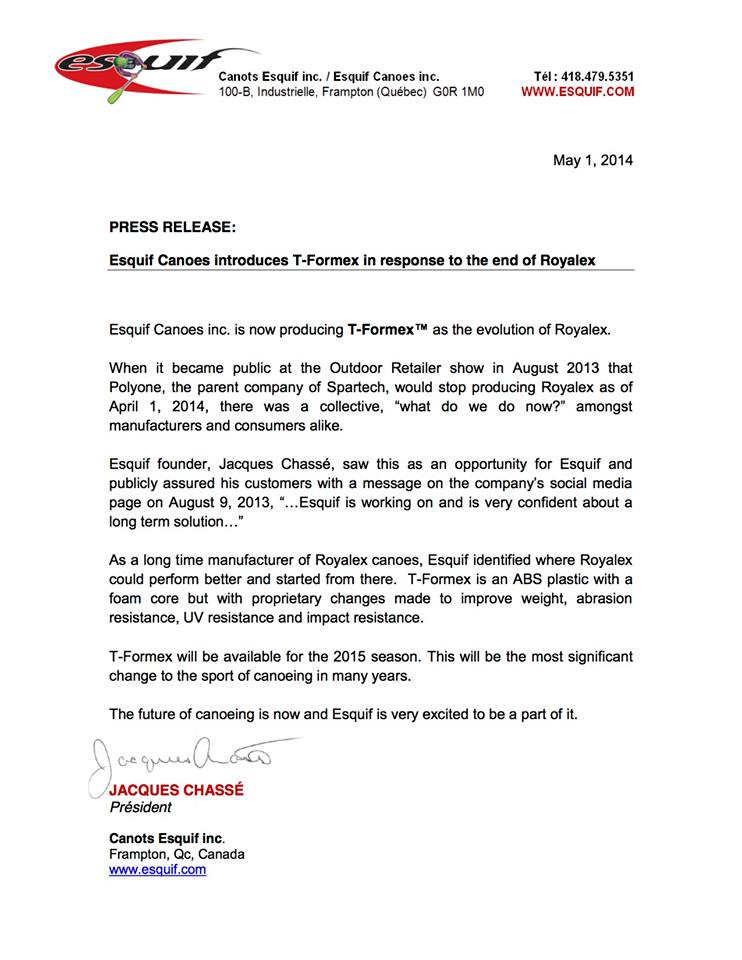






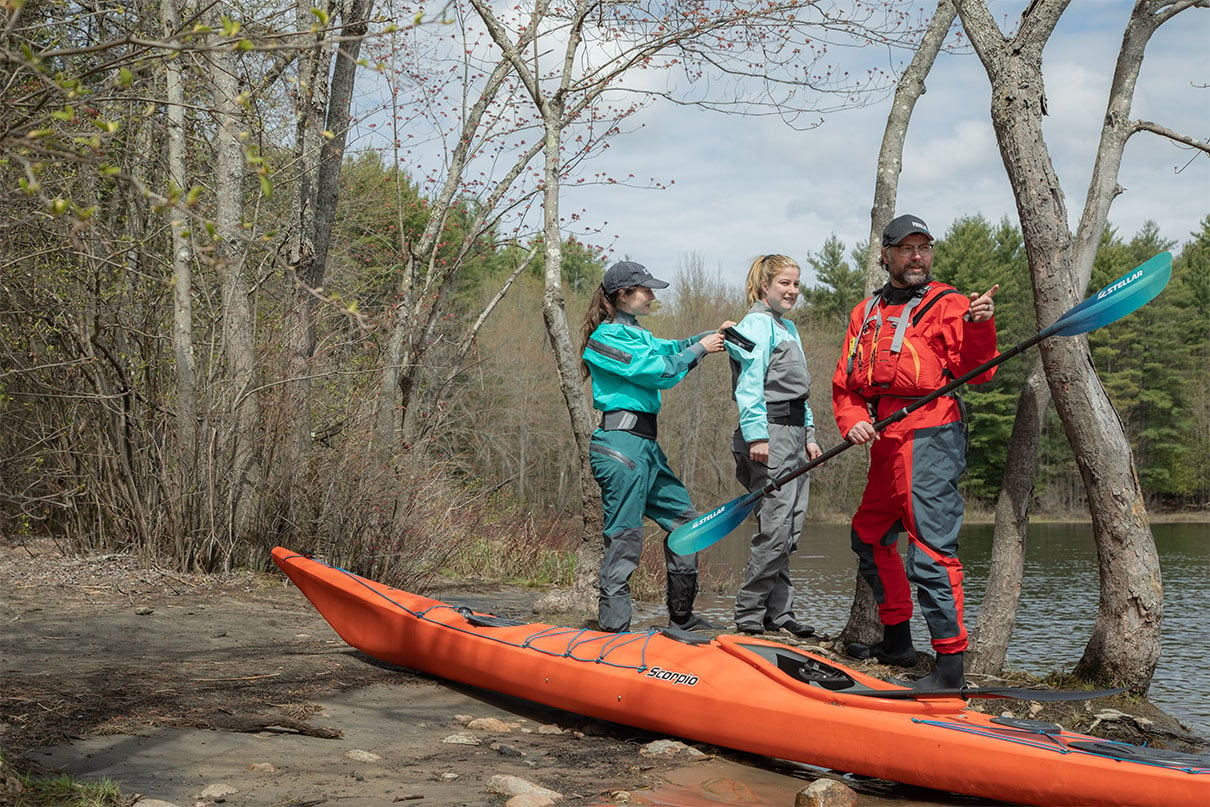

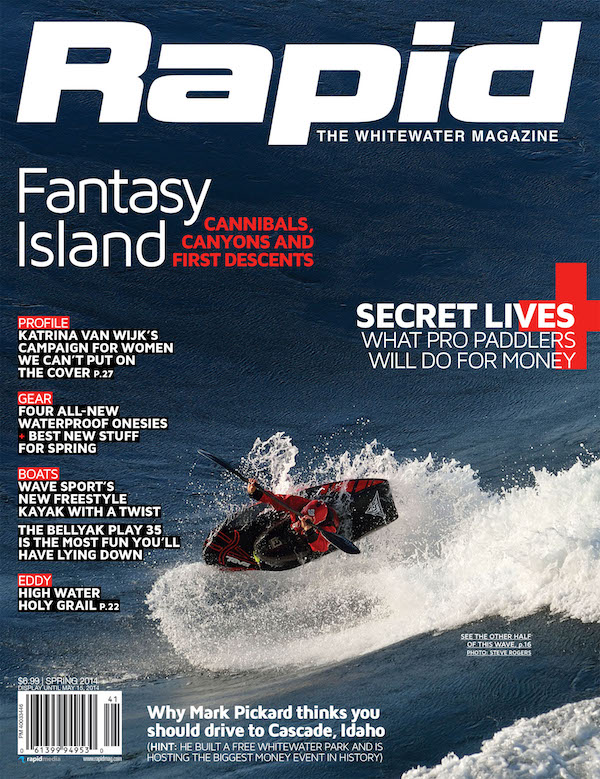 This article was first published in the Spring 2014 issue of Rapid Magazine.
This article was first published in the Spring 2014 issue of Rapid Magazine. 
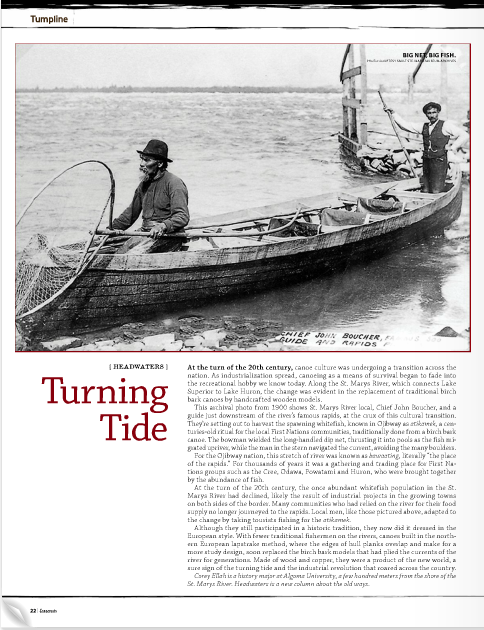 This article originally appeared in Canoeroots and Family Camping, Spring 2014.
This article originally appeared in Canoeroots and Family Camping, Spring 2014.

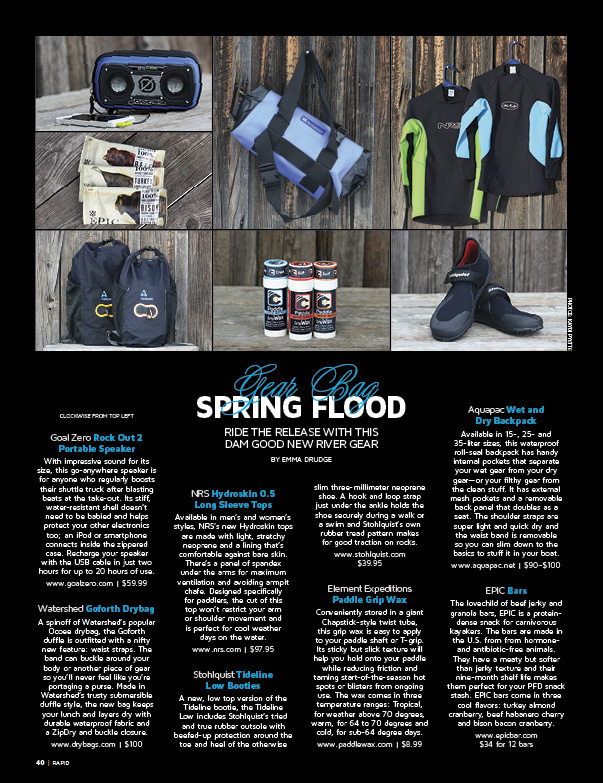



 Continue reading this article in the digital edition of Canoeroots and Family Camping, Spring 2014, on our free
Continue reading this article in the digital edition of Canoeroots and Family Camping, Spring 2014, on our free 